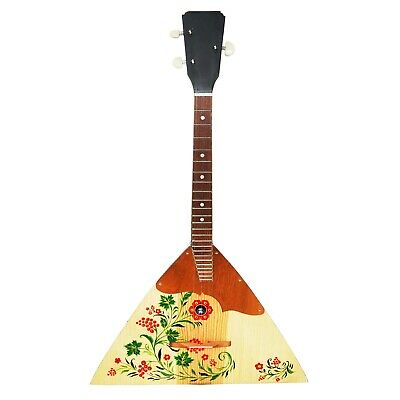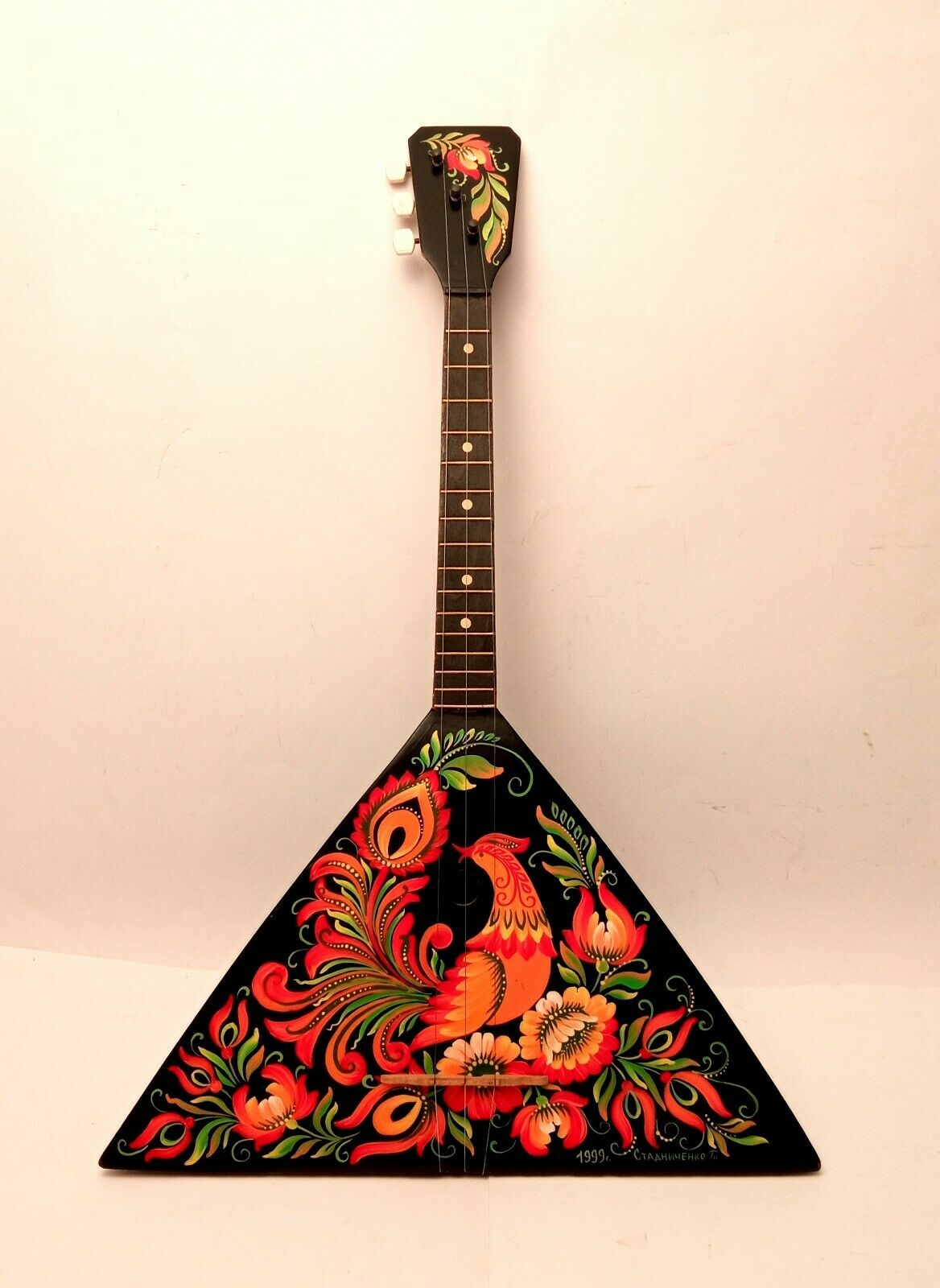-40%
Kobza 4 string original Vintage Soviet Ukrainian Folk Instrument. ar Yakovishin
$ 89.75
- Description
- Size Guide
Description
Hello to everybody!Kobza 4 string original Vintage Soviet Ukrainian Folk Instrument.
Kobza vintage has minor scratches but is fully operational. Original hard case.
Hard case.
Master Concert Kobza.
The master who made this kobzu Yakovishin
Kobza - Ukrainian lute-like stringed plucked musical instrument with 4 (or more) paired strings. A kobza consists of a body and a fretboard, on the fretboard there are 8-10 entangled modes, with which you can get sounds of a chromatic scale on each string. There were also fretless instruments.
History
The name “kobza”, “koboz”, “kobuz”, etc. can be traced back to 1250 in both Slavic and non-Slavic written sources. Therefore, the appearance of the instrument can be attributed to more ancient times. Semantic studies prove the existence of similar tools in other countries: “kopuz” - Turkey, “kopus” - Croatia, “koboz” - Hungary, “qopuz” - Azerbaijan, “cobza” - Romania, etc.
Undoubtedly, the kobza was brought into the territory of Russia by Turkic tribes, but most likely that in these lands the instrument acquired its final shape.
The classic of Ukrainian literature Taras Shevchenko immortalized in his work the image of a kobzar, a folk storyteller, who accompanied his thoughts on playing the kobz. Kobz should not be confused with the modern bandura, which belongs to the family of harps, zithers, gusel and appeared at the beginning of the XIX century, although due to the confusion of the nomenclature the name "bandura" is used to describe the kobza until 1800. There are several theories of the origin of this name, based mainly on semantic research: "pandura" - Assyria, "bandora" - England, "bandurria" - Spain, "panduri" - Georgia, "pandzura" - Bulgaria, "pandura / tambura" - Serbia. It should be noted that the original name has little in common with a specific tool. So, the English bandora and Ukrainian bandura, with the exception of their names, have nothing in common. However, the namesake from England has similarities with the Ukrainian bandura. The Poles learned the name of the instrument from numerous Italian musicians at the beginning of the 16th century. These Italians (mostly Jewish immigrant musicians) were the distributors of the term in England and the east, in Poland, during the Renaissance.
Talking about Russia, an Arab traveler of the tenth century, Ibn Ruste (Ibn Dasta), notes the following: “They have various musical instruments, such as lute-kobza, harp, pipe, and pipe almost two cubits long, while the kobza has eight strings. Their drink is made from honey ... "
Kobza-bandura ultimately becomes the favorite instrument of the Cossacks and is widely distributed among the rural population of the lands of Polish kings and Russian tsars, where he played the role of the lute of Western Europe. However, the kobza, like a lute, gradually went out of use after 1850 and was replaced by a modern bandura, guitar and mandolin.
K. Hildebrandt, a member of the Swedish delegation to the hetman Bogdan Khmelnitsky, having visited Russia in 1656-1657, describes in detail his stay and the reception provided by the hetman. In an informal setting, the hetman played the lute.
"In Polish dictionaries, the bandura instrument is described as a Cossack lute." (O. Famitsyn).
“An instrument similar to a lute, but smaller in size and with fewer strings”, “only the neck is somewhat shorter”, “tonality is absolutely similar to a lute” - all this was said in the XVIII century about the “Cossack lute” - kobze. At the same time, there was a “real” bandura with 24 or more strings, of which not all were attached to the neck, but were placed on the body. Most likely, this was the first turban.
Ukrainian kobza is an integral attribute of the Cossack Mamai, the character of Den.
Around 1700, some lute kobzi acquire additional strings. Such tools are preserved only in the drawings. It is not known whether the improvement was a local invention or whether it came from Europe, but it is certain that these tools were the direct ancestor of the turban.
Snipping 49$
We ship worldwide for via registered trackable service by airmail. Usually shipping to USA takes 10-14 days and the same terms are actual for EU.
You are welcome to visit
My store
and check my other items.
Feel free to read
Feedbacks
and live your own after purchasing an item.
Happy bidding!




















